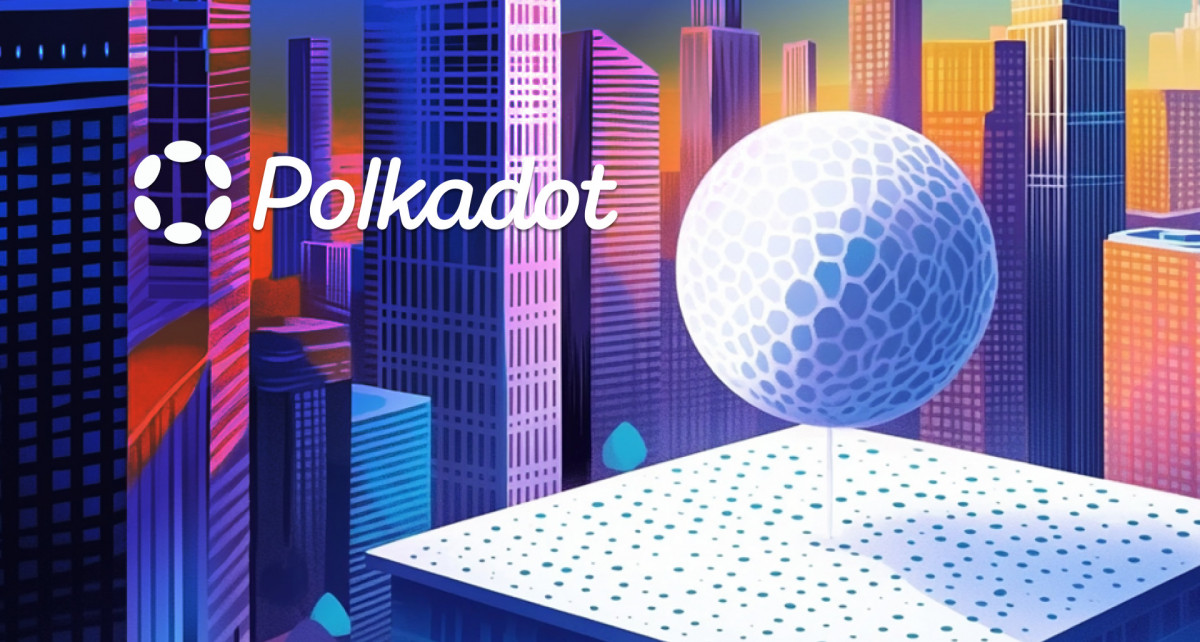Researchers have investigated the field of AI-generated text and developed a method for detecting content generated by AI models such as GPT and Llama. They discovered interesting insights about the nature of generated text by utilizing the concept of fractional dimension. Their findings shed light on the inherent differences between text written by humans and text generated by AI models.

Can the dimension of a point cloud derived from natural language text provide useful information about its origin? The researchers used the RoBERTa model to extract embeddings of text tokens and visualize them as points in a multidimensional space to investigate this. They estimated the fractional dimension of these point clouds using sophisticated techniques inspired by previous works.
The researchers were astounded to discover that text generated by GPT-3.5 models, such as ChatGPT and Davinci, had significantly lower average dimensions than human-written text. This intriguing pattern persisted across domains and even when alternative models such as GPT-2 or OPT were used. Notably, even when using the DIPPER paraphrase, which is specifically designed to avoid detection, the dimension only changed by about 3%. These discoveries enabled the researchers to create a robust dimension-based detector that is resistant to common evasion techniques.
Notably, the detector’s accuracy remained consistently high when domains and models were changed. With a fixed threshold, detection accuracy (true positive rate) remained above 75% while false positive rate (FPR) remained less than 1%. Even when the detection system was challenged with the DIPPER technique, the accuracy dropped to 40%, outperforming existing detectors, including those developed by OpenAI.
Furthermore, the researchers explored the application of multilingual models like multilingual RoBERTa. This allowed them to develop similar detectors for languages other than English. While the average internal dimension of embeddings varied across different languages, the dimension of generated texts remained consistently lower than that of human-written text for each specific language.
However, the detector exhibited some weaknesses, particularly when facing high generation temperatures and primitive generator models. At higher temperatures, the internal dimension of generated texts could surpass that of human-written text, rendering the detector ineffective. Fortunately, such generator models are already detectable using alternative methods. Additionally, the researchers acknowledged that there is room for exploring alternative models for extracting text embeddings beyond RoBERTa.
Differentiating Between Human and AI-Written Text
In January, OpenAI announced the launch of a new classifier designed to distinguish between text written by humans and text generated by AI systems. This classifier aims to address the challenges posed by the increasing prevalence of AI-generated content, such as misinformation campaigns and academic dishonesty.
While detecting all AI-written text is a complex task, this classifier serves as a valuable tool to mitigate false claims of human authorship in AI-generated text. Through rigorous evaluations on a set of English texts, developers have found that that classifier accurately identifies 26% of AI-written text as “likely AI-written” (true positives), while occasionally mislabeling human-written text as AI-generated (false positives) by 9%. It’s important to note that the classifier’s reliability improves as the length of the input text increases. Compared to previous classifiers, this new version demonstrates significantly higher reliability on text generated by more recent AI systems.
To gather valuable feedback on the usefulness of imperfect tools like this classifier, developers have made it publicly available. You can try our work-in-progress classifier for free. However, it’s essential to understand its limitations. The classifier should be used as a supplementary tool, rather than a primary decision-making resource, for determining the source of a text. It exhibits high unreliability on short texts, and there are instances where human-written text may be incorrectly labeled as AI-generated.
It’s worth noting that highly predictable texts cannot be consistently identified, such as a list of the first 1,000 prime numbers. Editing AI-generated text can also help evade the classifier, and while we can update and retrain the classifier based on successful attacks, the long-term advantage of detection remains uncertain. Furthermore, classifiers based on neural networks are often poorly calibrated outside their training data, leading to extreme confidence in incorrect predictions for inputs significantly different from the training set.
Read More: mpost.io









 Bitcoin
Bitcoin  Ethereum
Ethereum  Tether
Tether  XRP
XRP  Solana
Solana  USDC
USDC  Dogecoin
Dogecoin  TRON
TRON  Cardano
Cardano  Lido Staked Ether
Lido Staked Ether  Wrapped Bitcoin
Wrapped Bitcoin  Hyperliquid
Hyperliquid  Wrapped stETH
Wrapped stETH  Sui
Sui  Chainlink
Chainlink  Avalanche
Avalanche  Stellar
Stellar  LEO Token
LEO Token  Bitcoin Cash
Bitcoin Cash  Toncoin
Toncoin  Shiba Inu
Shiba Inu  USDS
USDS  Hedera
Hedera  WETH
WETH  Wrapped eETH
Wrapped eETH  Litecoin
Litecoin  Polkadot
Polkadot  Binance Bridged USDT (BNB Smart Chain)
Binance Bridged USDT (BNB Smart Chain)  Monero
Monero  Ethena USDe
Ethena USDe  Bitget Token
Bitget Token  Pepe
Pepe  Pi Network
Pi Network  Coinbase Wrapped BTC
Coinbase Wrapped BTC  WhiteBIT Coin
WhiteBIT Coin  Aave
Aave  Uniswap
Uniswap  Dai
Dai  Ethena Staked USDe
Ethena Staked USDe  Bittensor
Bittensor  Aptos
Aptos  Cronos
Cronos  OKB
OKB  NEAR Protocol
NEAR Protocol  BlackRock USD Institutional Digital Liquidity Fund
BlackRock USD Institutional Digital Liquidity Fund  Internet Computer
Internet Computer  Jito Staked SOL
Jito Staked SOL  Ethereum Classic
Ethereum Classic  sUSDS
sUSDS